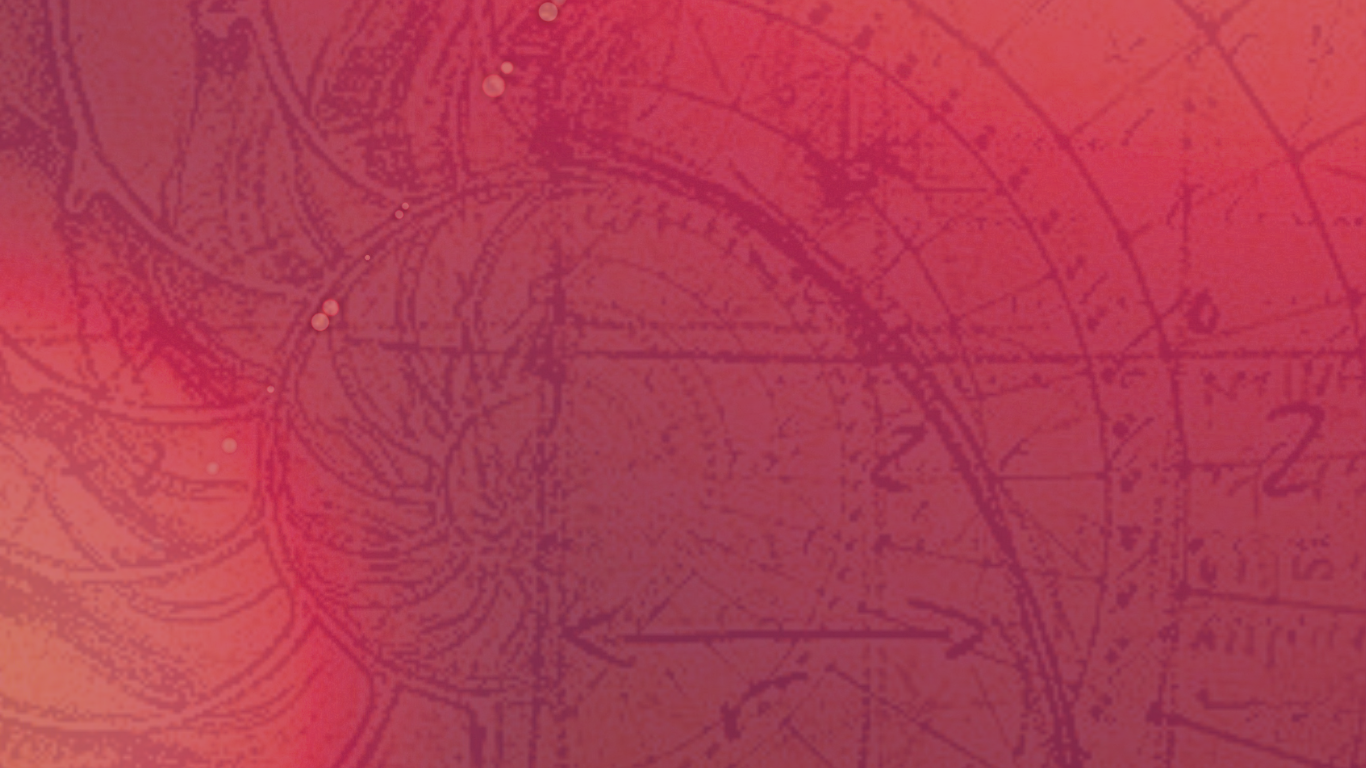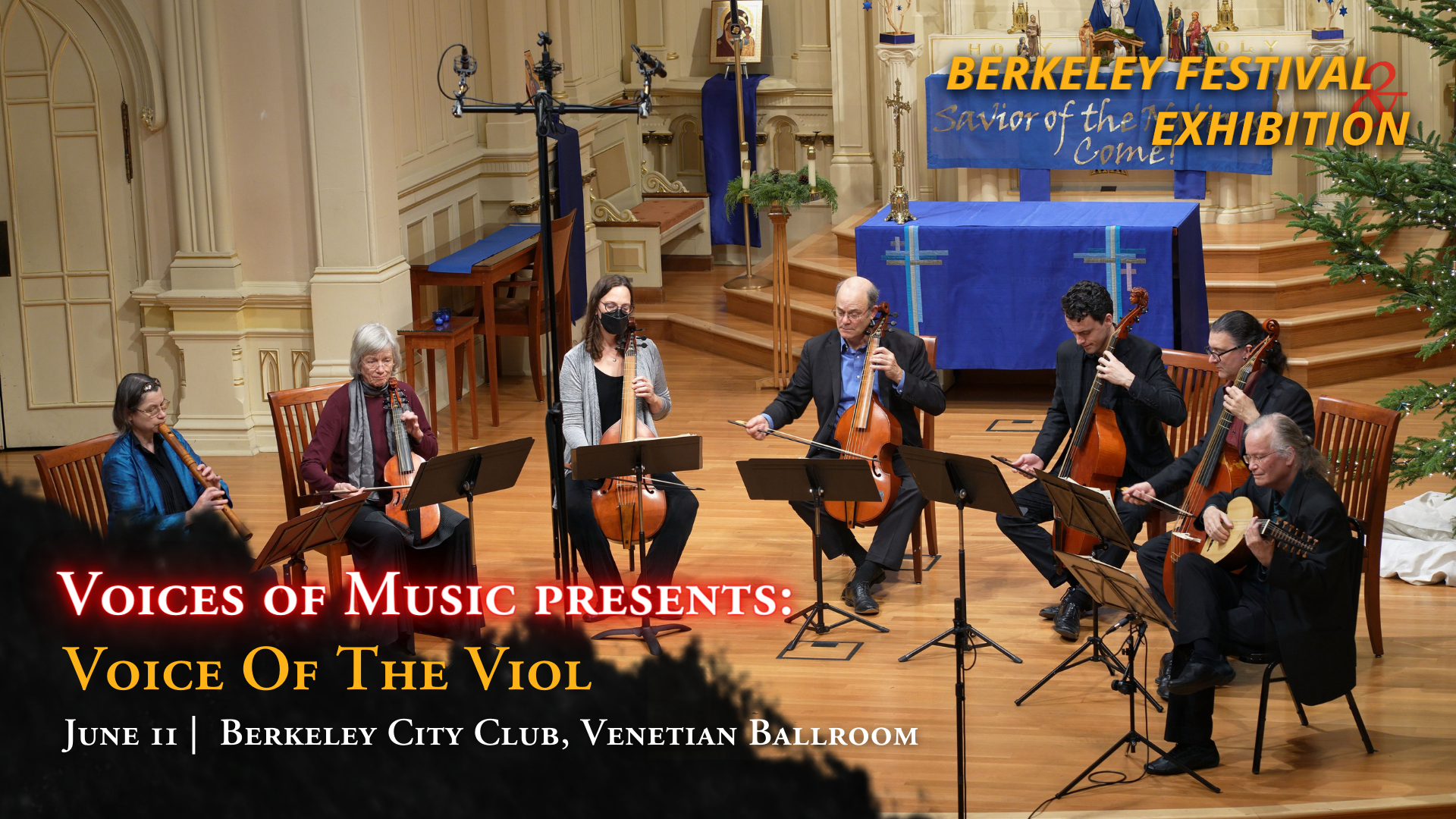

SFEMS at a GLANCE
CONCERTS
SFEMS produces one of the longest-running and most prestigious early music concert series in the nation.
BERKELEY FESTIVAL & EXHIBITION
SFEMS curates the internationally-renowned biennial conclave of early music.
WORKSHOPS
SFEMS offers a range of educational programs for adults, children, and youth, including four summer camps!
AFFILIATES
Our affiliate program, in existence since 1980, has helped numerous Bay Area early music organizations succeed in their missions.
NEWS & EVENTS
SFEMS provides a comprehensive Calendar of Early Music and Early Music News, both published weekly.
All of this is only possible through your support! Become a member or donate today to support our programming.

SFEMS PRESENTS
Special Event: La Morra
Ivo Haun de Oliveira, voice • Corina Marti, harpsichord, recorders • Michal Gondko, lute • David Hatcher, viola da gamba
with special guest Nigel North, lute
Friday, March 1, 7:30 pm • First Church Berkeley UCC
Derek Tam, Executive Director
Sarah Coykendall, Director of Operations
Daniel Cullen, Communications & Patron Services Manager
Stacey Helley, Administrator
Jan Brown, Production Manager
Zach Miley, A/V Engineer
Arthur Omura, Keyboard Crew
Diana Bersohn, President
Barbara Ruvolo, Vice President
Jeffrey Angell, Secretary
Randy Matamoros, Treasurer
Marie Bertillion Collins
Juliette Faraco
Violet Grgich
Ann Gui
Joyce Johnson Hamilton
Joel Krajewski
Michael (Mike) Stewart
Paul Swatek
Loren Tayerle
Brian Taylor
SHAPING THE INVISIBLE
The famous artist and scientist Leonardo da Vinci (1452-1519) was a musical man. Not only was he interested in the science of acoustics: he also designed musical instruments, played the lute (well enough to teach others) and accompanied himself, while singing, on the lira da braccio. For Leonardo, music was figurazione delle cose invisibili — “shaping the invisible”.
Until he left for France in 1516 (where he spent the last four years of his life), Leonardo lived and worked in various places in his native Italy, notably in Florence, Milan, Venice and Rome. In the late fifteenth- and early sixteenth-century those cities, as well as the courts of North-Italian nobility in Ferrara and Mantua and later also the papal court in Rome, were all places with a vivid musical life. It is in Leonardo’s Italy that oltramontani (literally “men from behind the mountains”, as the Italians called the many immigrant Franco-Flemish composers) created some of their most groundbreaking works at the request of wealthy nobility. The demand for their music and expertise was so great that native Italian musicians had little choice but to focus on cultivating what Northerners could not provide: improvised singing of Italian and Latin poetry, self-accompanied on a stringed instrument (such as the lute or lira da braccio).
Originally from a small town in Tuscany, Leonardo spent many years of his life in Florence, where he became acquainted with the circle of the art-loving Medici family. The Sforza court in Milan was likewise attractive for musicians. However, it was in Venice, where Leonardo spent only a short period of time in 1500, that something of epochal significance was about to happen: in 1501, a Venetian publisher Ottaviano Petrucci issued the first ever printed collection of polyphonic music. Prior to this date, music, in order to be passed on, had to be either memorized or written down by hand. Now, technology became available that allowed production of music books in large quantities and much of the music previously only accessible to the few was within the reach of wider audiences for performance and study in written form. Petrucci recognized the commercial opportunity and continued publishing music books in the next decade and beyond. In the words of Stanley Boorman, “Petrucci’s production represents a major portion of the surviving music in each of the genres he covered”, providing posterity with a cross-section of old and new repertoire circulating in Leonardo’s Italy: from sacred music (masses and motets) through secular songs to purely instrumental music. With Se mai per maraveglia, an anonymous meditation on the suffering of the Christ on the cross, he even provided a sample of the seemingly uncapturable art of improvised singing which relied on poetical and musical patterns and memory for performance and preservation (and is thus almost entirely lost).
Petrucci’s publishing output contains, among other titles, as many as eleven books of frottole. Most of the songs performed in this program are frottole. The term frottola denotes a light secular song (chiefly in Italian) embracing a variety of poetic forms. This genre is rooted in the Italian tradition of improvised, self-accompanied singing of poetry. The chief hub for the cultivation of frottola was the North-Italian court of Mantua, where the marchioness Isabella d’Este (praised for her singing and lute playing by, among others, Leonardo himself) extended patronage over Italian poets and musicians (such as the famous singer-lutenist Marchetto Cara, a prolific composer of frottole).
Before leaving for France, Leonardo spent three years in Rome (1513-1516). In 1513, the ascension of Giovanni di Lorenzo de' Medici to the papacy (as Leo X) brought about a Golden Age for musicians. Not only had Giovanni inherited his family’s refined interest in, and zealous support of, the arts: but above all else he favored music, for which his passion was legendary among contemporaries. A tangible proof of this (and of his proficiency as a composer) is a small but fine output of motets and instrumental pieces which survived with an attribution to the Pope (one of these compositions, the 5-part Cela sans plus, can be heard in today’s program). During Leo X’s pontificate the Sistine Chapel resounded with the best sacred music available, while the Pope’s private chambers were filled with the sounds of instruments, solo or in various constellations, with and without a vocal component. Musicians whom Leo selected to form part of his private musica segreta included, among others, the prodigy lutenist Francesco Canova da Milano (who later attained an almost legendary reputation which lasted until the end of the sixteenth century), the lutenist and viol player Gian Maria Alemanni (whose book of lute music was published by Petrucci but has not survived), and the keyboard virtuoso Marco Antonio Cavazzoni. In this time, Rome also became a hub of music printing, challenging the Venetian monopoly of Petrucci.
Such musical diversity is not easily reflected within the limited space of a concert (if it can be adequately reflected at all). Nevertheless, we believe that a glimpse of the fascinating “soundscape” of Italy at the turn of the fifteenth and sixteenth centuries can be gained from the surviving manuscript and printed sources, and our goal is to provide one.
- Michal Gondko (Co-Director, La Morra)

About the Artists
A leading lutenist and the artistic director of La Morra, Michal Gondko, is known for his evocative musicianship and exploratory concert programs. His journey from Warsaw to Basel, where he studied with Hopkinson Smith, has deeply influenced his artistic vision, infusing the ensemble's performances with depth and creativity.
Celebrated for her expressive interpretations and exceptional technique as a harpsichord and recorder player, Corina Marti, has a diverse discography spanning from the fourteenth century to the High Baroque. Her role as co-director of La Morra allows her to contribute significantly to the revival of early music and inspire audiences with her musical prowess, shaping the ensemble's artistic vision.
La Morra, a renowned European ensemble specializing in Late Medieval and Early Renaissance art music, finds its home in the rich tradition of early music in Basel, Switzerland. Under the artistic direction of Corina Marti and Michal Gondko, the ensemble has crafted a musical identity that adapts to the diverse demands of its projects.
Founded and led by two instrumentalists, La Morra draws its name from a composition by Henricus Isaac and embodies a melting pot of cultures, with members hailing from various nationalities. This diversity reflects the cosmopolitan nature of its home in Basel, infusing its music with a rich tapestry of influences.
A Brazilian native now based in Basel, Ivo Haun brings a wealth of experience as an accomplished lutenist and versatile soloist and ensemble singer. His Master's degree in Early Music singing at the Schola Cantorum Basiliensis in 2015 has equipped him with a deep understanding of historical acting techniques, rhetoric, and improvisation, enriching La Morra's performances.
David Hatcher's musical journey began in England before taking him to Japan, where he actively contributed to the early music scene. Now based in Leominster, his collaborations with renowned ensembles and orchestras have solidified his reputation as a versatile musician and sought-after tutor, bringing a wealth of experience to La Morra.
Making a special guest appearance, Nigel North, has nearly 30 years of experience as a lutenist and is known for his gentle and subtle approach to the technically demanding lute. As a soloist, accompanist, and ensemble musician, he has captivated audiences and recording listeners with his profound musicality and expertise, enriching La Morra's performances with his artistry.
Shaping the Invisible:
Italian Music from the Time of Leonardo
Intermission

More about
the composers
Marchetto Cara
c. 1465–1525
Domenico da Piacenza
c 1400–1476?
Giovanni de’ Medici [Pope Leo X]
1475–1521
Francesco Spinacino
fl. 1500
Henricus Isaac
c. 1450/55–1517
Benedetto Gareth
c. 1450–1514
Francesco Canova da Milano
1497–1543
Antonio Caprioli
fl. 1500
Jean Richafort
c. 1480–c.1550
Marco Antonio Cavazzoni
c.1490–1560
Song Texts & Translations

Coming Up!
Ciaramella | Mar 22–24
Experience Ciaramella's program exploring dance music from Savoy and Burgundy to Bergamo. Enjoy polyphonic arrangements of stately dances from Marguerite of Austria's basse danse manuscript and virtuosic variations on ground basses. Let the music get your toes tapping!
Rachel Barton Pine &
Jory Vinikour | April 5–7
Experience Ciaramella's program exploring dance music from Savoy and Burgundy to Bergamo. Enjoy polyphonic arrangements of stately dances from Marguerite of Austria's basse danse manuscript and virtuosic variations on ground basses. Let the music get your toes tapping!
SFEMS 2024 SUMMER WORKSHOPS
Registration for our four summer workshops is now open!
Baroque Workshop: June 24–30
Medieval/Renaissance Workshop: July 14–20
Recorder Workshop: July 21–27
Classical Workshop: July 28–August 3















































